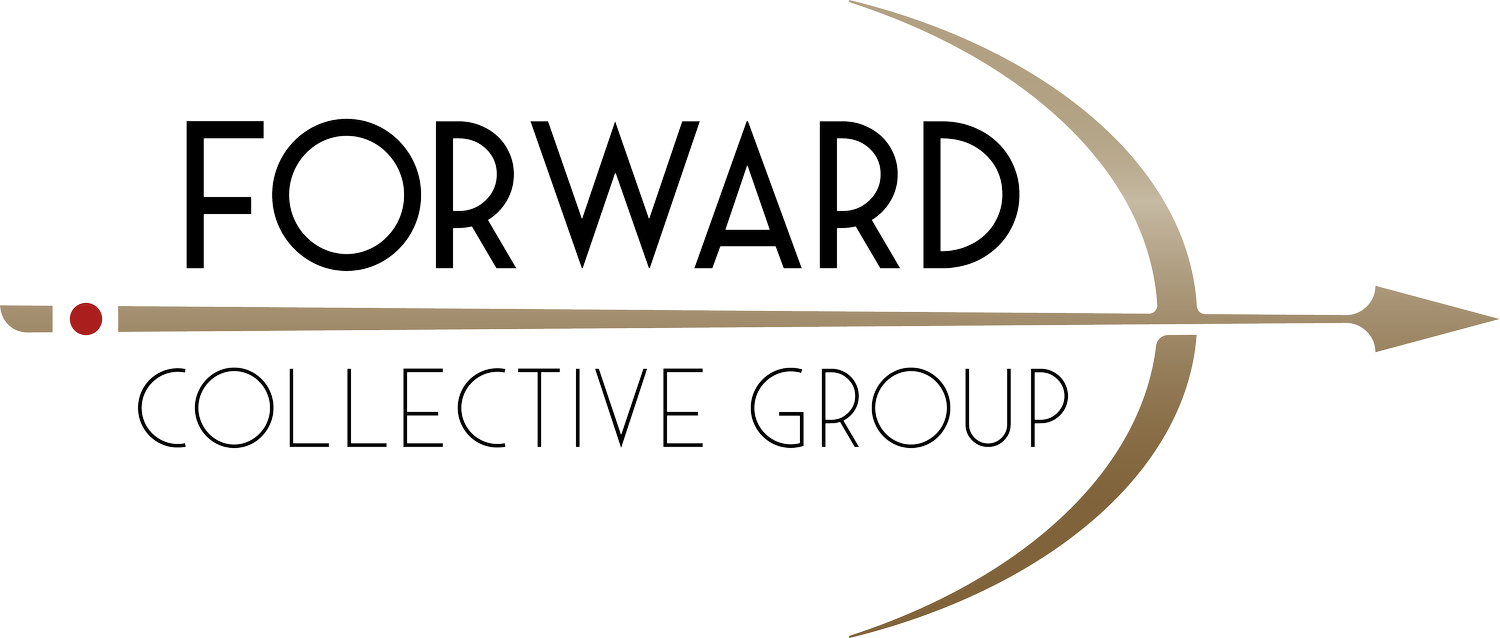Workforce Planning: Strategic Like Chess
The start of a new year is the perfect time to examine at your organization's workforce. Insert the strategy of workforce planning.
Think Bigger Than Operations
Go beyond operational workforce planning, which focuses on daily schedules and shift coverage; strategic workforce planning takes a high-level, macro view of the entire organization. It's a process that touches many parts of the employee experience, and when done well, it makes the operational aspects of managing a workforce much smoother.
Four Steps of Workforce Planning
The core of strategic workforce planning involves four key steps:
analyzing your current workforce,
projecting your future workforce,
assessing the gap between the current and future states, and
implementing a plan to bridge that gap.
Sounds straightforward? Actually, it's a complex process that requires input from various stakeholders, including HR business partners, HR leadership, people managers, and executives.
Use Workforce Planning Models
One of the most valuable tools for analyzing your current workforce is the nine-box grid, which assesses employees based on both their current and potential performance. More than identifying who's doing well or poorly; the process sparks conversations with employees. For example, someone who is a high performer but has low potential might need a lateral move to a different area, while an employee with low performance and low potential might need support for personal issues or training. This process creates a deeper understanding of your talent, including their skills, dreams, and aspirations. This "intimacy" can help you uncover hidden gems and better position employees for success.
Upskill & Reskill First
Strategic workforce planning encourages you to think about how you can re-purpose the talent you already have, not just hiring new talent to fill gaps. This is known as upskilling and/or reskilling employees by utilizing on-the-job training, apprenticeships, shadowing, and mentorship opportunities. By identifying employees who have quietly gained new skills or pursued further education, you can potentially fill gaps in leadership and reduce your reliance on external hires. Workforce planning’s analysis also calculates an appropriate ratio of permanent employees to contractors, contingent workers, and interns.
By implementing a strategic approach, you can move beyond simply filling gaps left by departing employees and position your organization for long-term success. The goal is to understand your talent and planning for the future in a way that benefits both the organization and its employees.
Want to learn more? Watch the full Fast Forward Podcast episode on workforce planning here: https://youtu.be/t0rOioBcDRw?si=WNyseL_bon1ZuDNK.

